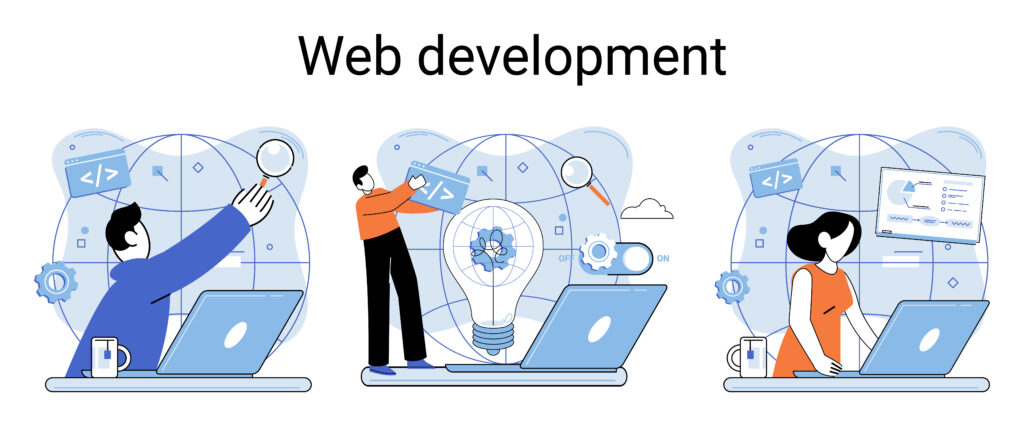Introduction:
In the rapidly evolving world of technology, programming languages serve as the backbone of software development. They are essential tools that enable developers to write instructions and commands for computers to execute specific tasks. With numerous programming languages available, each offering unique features and capabilities, choosing the right one for your business can be a critical decision.
What is a Programming Language?
Programming languages are formal sets of instructions for communicating with computers and creating software applications. It provides developers with a structured and human-readable way to express algorithms and logic. Programming languages are classified into high-level languages, which are closer to human language and easier to understand, and low-level languages, which are closer to machine code and more challenging to comprehend directly.
What is the Most Used Programming Language?
Before delving into the top 15 most popular programming languages, it’s essential to identify the one that currently holds the crown as the most used language in the tech industry. As of [current year], the most dominant programming language is Python.
Python’s rise to prominence can be attributed to its simplicity, versatility, and a vast collection of libraries and frameworks that make development quicker and more efficient. It has gained popularity not only among seasoned developers but also among beginners due to its easy-to-learn syntax and readability. Python is widely adopted for web development, data analysis, artificial intelligence, automation, and much more, making it a go-to choice for developers worldwide.
What Programming Language Should You Learn?
For beginners, selecting the appropriate programming language to learn can be a challenging and overwhelming endeavor. The decision largely depends on your interests, career goals, and the type of projects you wish to pursue. Consider look at the following factors to help in the choice you make:
Your Goals: Define your objectives for learning a programming language. Are you interested in web development, data science, mobile app development, game development, or something else? Different languages excel in different domains.
Popularity and Demand: Research the current job market to identify the most sought-after programming languages. Learning a popular language increases your chances of finding job opportunities.
Ease of Learning: Some languages are more beginner-friendly than others. If you are new to programming, consider starting with a language that has a simple syntax and a supportive community.
Resources and Community: Check the availability of learning resources, tutorials, documentation, and active communities for the language you’re considering. A strong support network can accelerate your learning journey.
Compatibility: Consider the platforms and systems you want to work on. Some languages are more versatile and can be used across various platforms.
Types of Programming Languages:
Programming languages can be broadly classified into different types based on their use cases and applications:
a) Web Development Languages:
JavaScript
HTML
CSS
b) General-Purpose Languages:
Python
Java
C and C++
C#
Go
c) Backend Development Languages:
PHP
SQL
NoSQL
d) Specialized Languages:
Kotlin
Scala
Rust
Perl
High-Level Programming Languages:
High-level programming languages are made to be read and understood by people with ease. They abstract away complex machine-level operations and provide a more user-friendly coding experience. Some popular high-level languages include:
- Python: Known for its simplicity and versatility, Python is ideal for web development, data analysis, artificial intelligence, and automation tasks.
- JavaScript: Primarily used for web development, JavaScript allows the creation of dynamic and interactive web pages.
- Ruby: Renowned for its elegant syntax and developer-friendly environment, Ruby is often used in web development and the Ruby on Rails framework.
Low-Level Programming Languages:
Low-level programming languages offer more control over hardware and system resources but are more complex and closer to machine code. These languages are suitable for system-level programming and performance-critical applications. Examples include:
- C and C++: Widely used for operating systems, embedded systems, and high-performance applications.
- Assembly Language: At the lowest level, assembly languages provide direct control over the hardware and are used for specific tasks like device drivers.
Object-Oriented Programming Languages:
Object-oriented programming (OOP) languages focus on modeling real-world entities as objects with attributes and methods. They encourage code reusability and modular design. Popular OOP languages include:
- Java: Known for its “write once, run anywhere” capability, Java is commonly used in enterprise applications and Android app development.
- C#: Developed by Microsoft, C# is prevalent in Windows applications, web development, and game development using the Unity engine.
Functional Programming Languages:
Functional programming languages treat computation as the evaluation of mathematical functions, emphasizing immutability and avoiding side effects. Notable functional languages include:
- Haskell: A purely functional language used in academic and research projects.
- Lisp: One of the oldest programming languages, Lisp is still used in artificial intelligence and academic circles.
Scripting Languages:
Scripting languages are often interpreted and used for automating tasks, web development, and dynamic scripting. Key scripting languages are:
- PHP: Especially suited for web development and server-side scripting.
- Bash: Commonly used for shell scripting on Unix-based systems.
Compiled Languages:
Efficiency is increased by translating compiled languages into machine code before execution. Some popular compiled languages are:
- Go (Golang): Known for its efficiency and concurrency support, Go is used for cloud-based services and network applications.
- Rust: A language focused on safety and performance, Rust is used in system programming and projects with specific memory requirements.
The Most In-Use Programming Languages:
JavaScript:
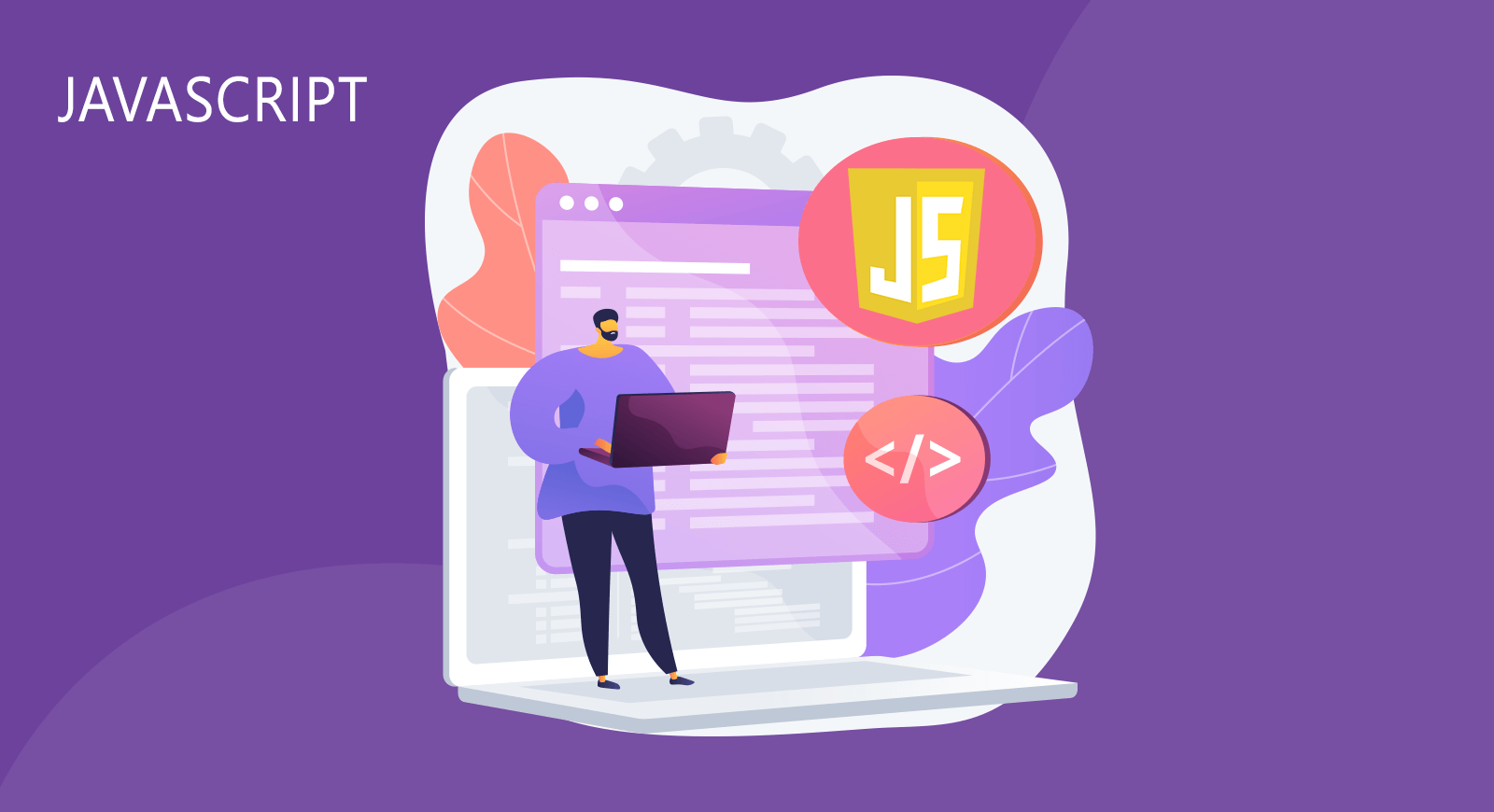
JavaScript remains an undisputed leader due to its compatibility with web browsers and ability to create dynamic and interactive web pages. It’s also widely used in server-side development (Node.js) and for building cross-platform mobile apps (React Native).
Benefits:
- Versatility: JavaScript is primarily known for its versatility as it allows developers to create interactive and dynamic web applications.
- Popularity: It enjoys extensive community support and has a vast array of libraries and frameworks, making it a go-to choice for front-end development.
- Client-Side Interactivity: JavaScript is essential for adding interactive elements to websites, such as forms validation and real-time updates.
Drawbacks:
- Browser Compatibility: Different browsers may interpret JavaScript code differently, leading to compatibility issues.
- Security Concerns: Being a client-side language, JavaScript is susceptible to security vulnerabilities like cross-site scripting (XSS) attacks.
What is used for?
JavaScript is mainly used for front-end web development, enabling developers to create responsive and interactive user interfaces.
- Python:

Known for its simplicity and readability, Python is a versatile language used in web development, data science, machine learning, and automation. Its extensive libraries make development faster and more efficient.
Benefits:
- Readability and Simplicity: Python’s elegant syntax makes it easy to read and write, making it an excellent choice for beginners and seasoned developers alike.
- Python’s versatility extends to a wide array of applications, encompassing web development, data analysis, artificial intelligence, and automation tasks.
- Strong Community and Libraries: It has a vibrant community and a vast collection of libraries and frameworks that simplify development tasks.
Drawbacks:
- Performance: Compared to low-level languages, Python can be relatively slower, which may impact performance-critical applications.
- Global Interpreter Lock (GIL): Python’s GIL can limit the execution of threads in multi-threaded programs.
What is used for?
Python is widely used for web development, data science, machine learning, automation, and scripting.
- HTML:

Although technically a markup language, HTML is the backbone of every web page. It defines the structure and layout of content, working seamlessly with CSS and JavaScript.
Benefits:
- Foundation of Web: HTML is the basic markup language used to create the structure and content of web pages.
- Simple and Easy to Learn: It has a straightforward syntax, making it accessible to beginners.
Drawbacks:
- Limited Functionality: HTML alone cannot provide dynamic functionalities on web pages. It requires JavaScript and CSS for interactivity and styling, respectively.
What is used for?
HTML is the backbone of web development, used to create the structure of websites and web applications.
- CSS:
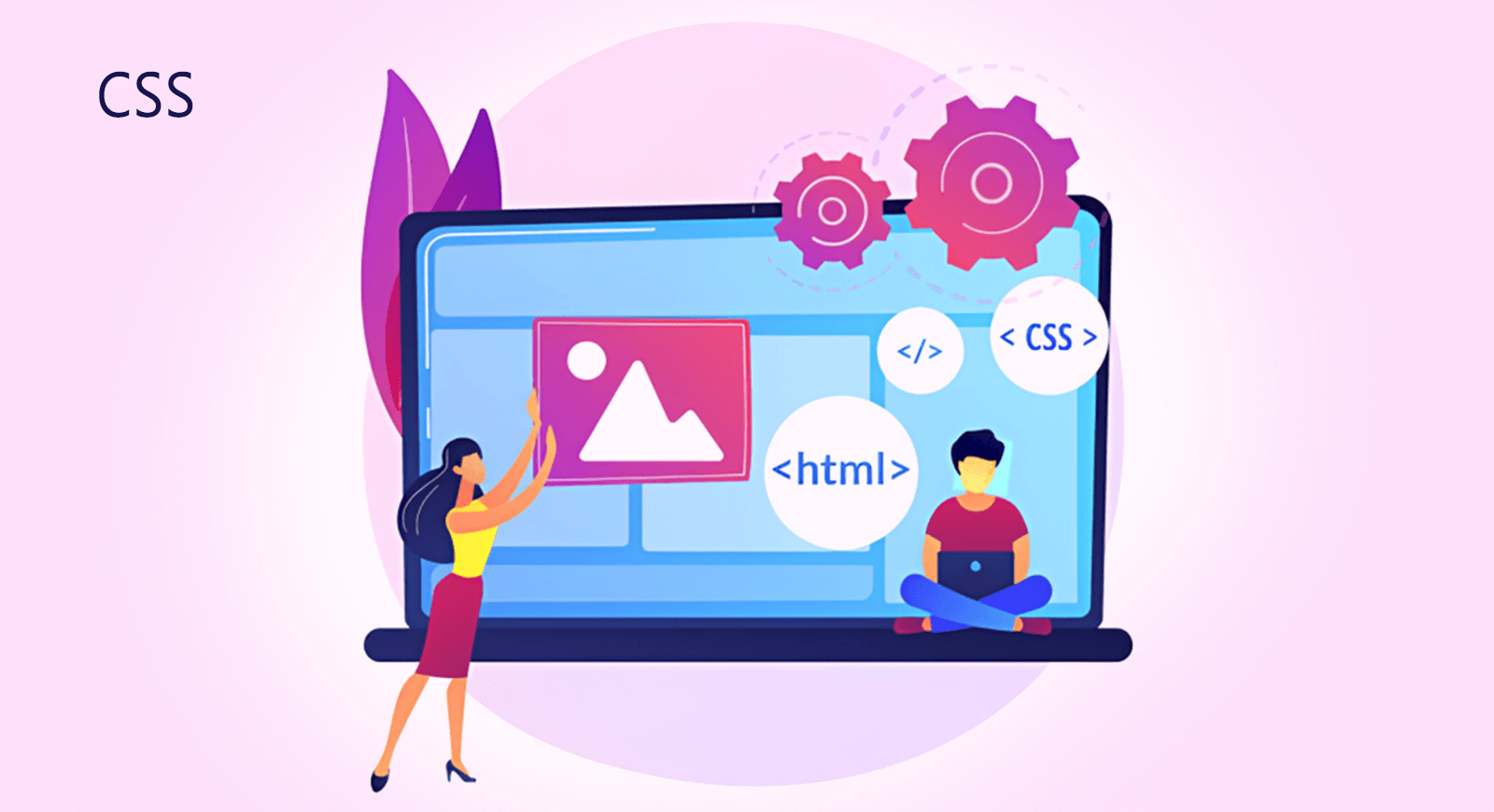
Cascading Style Sheets (CSS) plays a crucial role in determining the visual appearance and layout of web pages. It complements HTML and is essential for creating responsive and appealing user interfaces.
Benefits:
- Styling: CSS is responsible for the visual presentation and layout of web pages, enhancing the user experience.
- Cross-Browser Compatibility: It helps achieve consistent design across different browsers and devices.
Drawbacks:
Complexity: CSS can become complex in larger projects, and managing specific layouts can be challenging.
What is used for?
CSS is used to style and format HTML elements, bringing visual appeal to web pages.
- Java:

Java’s “write once, run anywhere” capability makes it a favorite for enterprise applications and Android app development. Its strong ecosystem and robustness make it suitable for large-scale projects.
Benefits:
- Platform Independence: Java’s “write once, run anywhere” capability allows applications to run on any device with the Java Virtual Machine (JVM).
- Robust and Scalable: It is known for its robustness and scalability, making it ideal for enterprise-level applications.
Drawbacks:
- Verbosity: Java code can be verbose compared to other languages, leading to more extended development cycles.
- Memory Management: Manual memory management can be a challenge, as Java developers need to handle garbage collection.
What is used for?
Java is widely used for building enterprise applications, Android apps, and large-scale systems.
- PHP:

Powering a significant portion of the web, PHP is a server-side scripting language that excels in web development, particularly for dynamic websites and content management systems like WordPress.
Benefits:
- Server-Side Scripting: PHP is primarily used for server-side scripting, enabling dynamic content generation for websites.
- Large Community and Frameworks: It has a large community and numerous frameworks, making development efficient.
Drawbacks:
- Security Concerns: PHP has faced criticism for security vulnerabilities, although recent updates have addressed many issues.
- Performance: PHP’s performance may not be as high as other languages like Java or C++.
What is used for?
PHP is commonly used for web development, specifically for creating dynamic web pages and server-side applications.
- Kotlin:

Kotlin has gained popularity as a modern and concise language for Android app development. Its seamless interoperability with Java makes it an attractive option for developers.
Benefits:
- Interoperability: Kotlin is fully interoperable with Java, allowing developers to migrate seamlessly from Java to Kotlin.
- Conciseness: Kotlin’s concise syntax reduces boilerplate code and enhances readability.
Drawbacks:
- Learning Curve: While Kotlin is relatively easy to learn for those with Java experience, complete beginners may find it challenging.
What is used for?
Kotlin is mainly used for Android app development, web development, and server-side applications.
- Scala:

Scala is a programming language that operates on the Java Virtual Machine (JVM) and seamlessly integrates object-oriented and functional programming principles. It’s popular for scalable and high-performance applications.
Benefits:
- Functional and Object-Oriented: Scala seamlessly combines functional and object-oriented programming paradigms.
- Scalability: It is designed to handle large-scale, complex applications with ease.
Drawbacks:
- Complexity: Scala’s advanced features can be overwhelming for beginners, and the learning curve may be steep.
What is used for?
Scala is used in big data processing, distributed systems, and web development.
- C and C++:

C and C++ are the foundation of many other programming languages and are commonly used for system programming and developing performance-critical applications.
Benefits:
- Performance: Both C and C++ offer high performance due to their low-level nature.
- Versatility: They can be used for system-level programming and resource-constrained environments.
Drawbacks:
- Memory Management: Manual memory management in C and C++ can lead to memory leaks and other issues.
- Complexity: C++ can be more complex than C due to its added features.
What is used for?
C is used in operating systems, hardware drivers, and embedded systems, while C++ is used in game development, GUI applications, and performance-critical software.
- SQL:

Working with relational databases requires the use of Structured Query Language (SQL), making it an essential tool in managing and manipulating data efficiently.
Benefits:
- Database Querying: SQL is specifically designed for managing relational databases, allowing easy data retrieval and manipulation.
- Widely Adopted: It is the standard language for database management systems.
Drawbacks:
- Limited Functionality: SQL is primarily focused on working with relational databases and lacks capabilities for other tasks.
What is used for?
SQL finds application in the management and querying of relational databases.
- NoSQL:

In contrast to SQL, NoSQL databases offer flexible schema designs and horizontal scaling. They are commonly used for handling large volumes of unstructured data.
Benefits:
- Scalability: NoSQL databases are designed for horizontal scaling and can handle large volumes of data.
- Flexible Data Models: They offer more flexibility in data representation compared to traditional relational databases.
Drawbacks:
- Limited Transactions: Some NoSQL databases sacrifice transactional consistency for improved performance.
What is used for?
NoSQL databases are used for big data and real-time web applications, especially when dealing with unstructured or semi-structured data.
- C#:

Developed by Microsoft, C# is a robust language used for building Windows applications, web applications, and games on the Unity platform.
Benefits:
- Windows Ecosystem: C# is widely used for developing Windows desktop applications and games.
- Versatility: It can also be used for web development and mobile app development with Xamarin.
Drawbacks:
- Limited Cross-Platform Support: While .NET Core has improved cross-platform capabilities, C# remains more closely associated with Windows development.
What is used for?
C# is primarily used for Windows application development, game development, and enterprise-level software.
- Rust:

Rust is rapidly gaining popularity due to its strong emphasis on both safety and performance. It’s often used in systems programming and projects requiring low-level control.
Benefits:
- Memory Safety: Rust’s ownership model ensures memory safety without sacrificing performance.
- Concurrency: It provides built-in support for concurrent programming.
Drawbacks:
- Learning Curve: Rust’s unique features may require some effort to master for developers familiar with other languages.
What is used for?
Rust is used for system-level programming, embedded systems, and performance-critical applications.
- Perl:
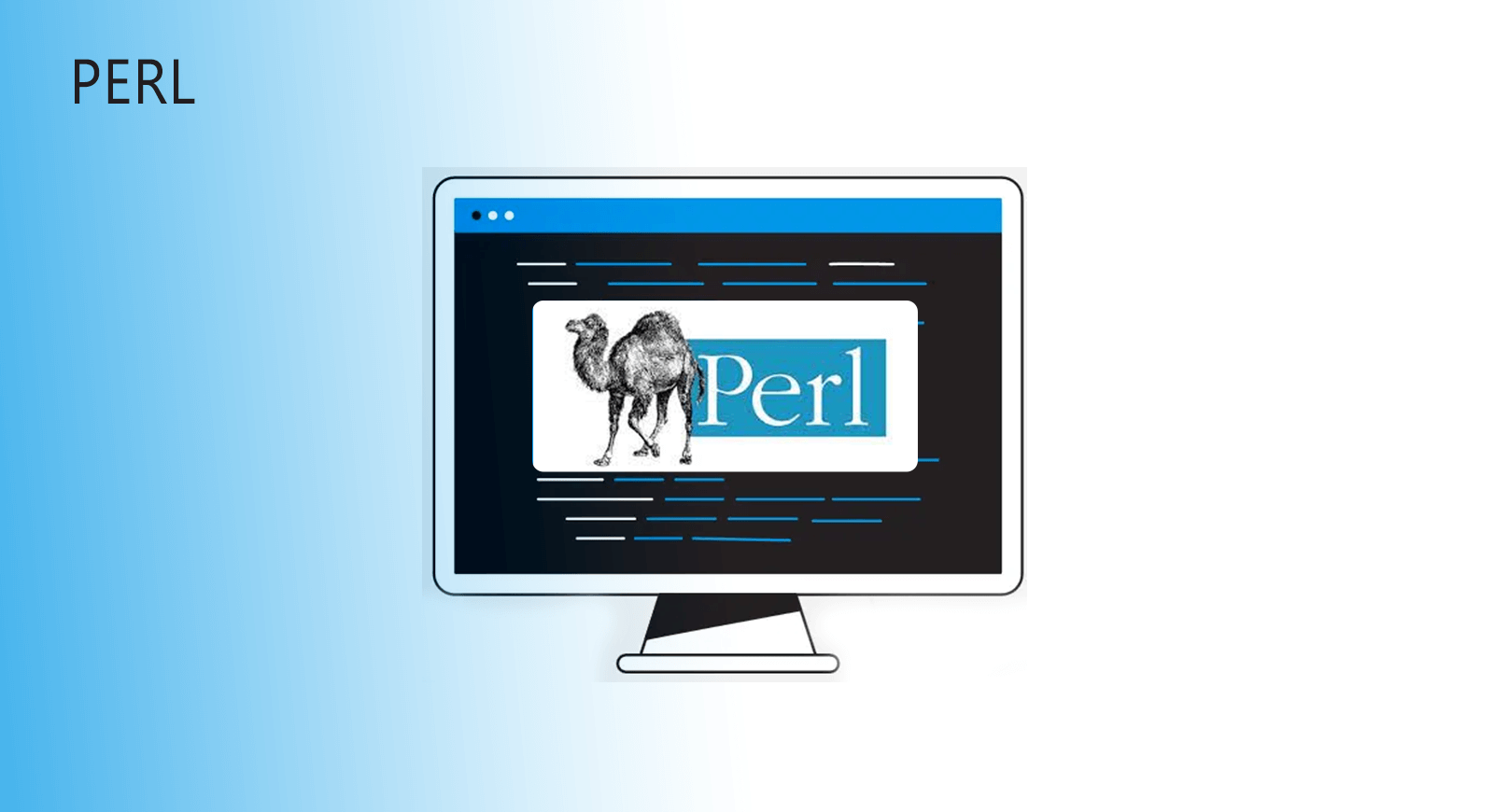
Although it has somewhat declined in recent years, Perl is still preferred for text processing, system administration, and web development.
Benefits:
- Text Processing: Perl excels in text processing and pattern matching, making it a preferred choice for tasks involving data manipulation.
- Regular Expressions: Its powerful support for regular expressions simplifies complex text parsing tasks.
Drawbacks:
- Readability: Perl’s code can be challenging to read and maintain, especially in large projects.
- Declining Popularity: Over the years, Perl’s popularity has declined in favor of other more modern languages.
What is used for?
Perl is commonly used for text processing, web development, system administration, and automation tasks.
- Go:
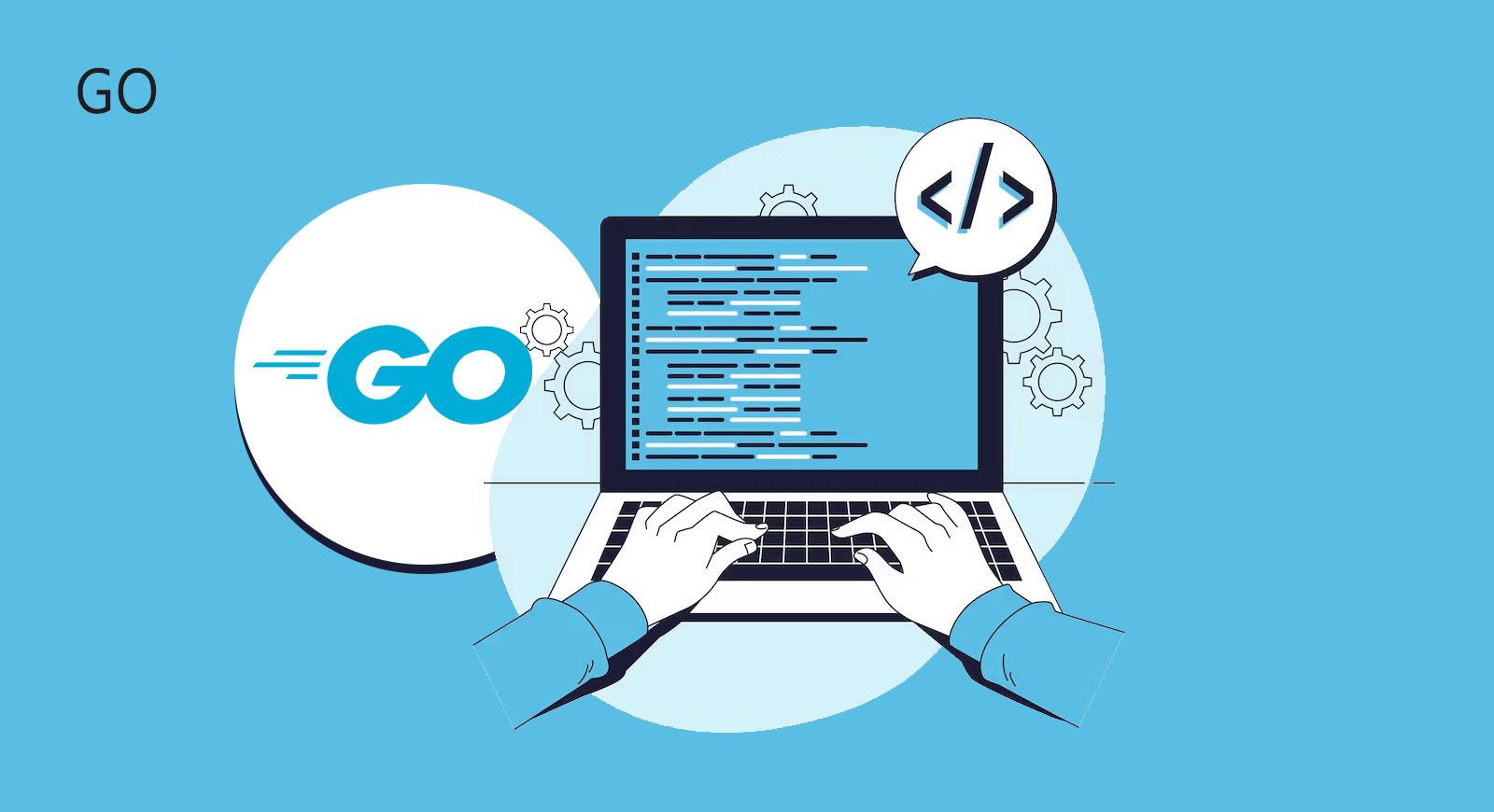
Go, also known as Golang, is gaining popularity for its simplicity and efficiency in building concurrent applications. It’s a suitable choice for cloud-based services.
Benefits:
- Simplicity: Go’s straightforward syntax and limited feature set make it easy to learn and use.
- Concurrency: It has built-in support for concurrent programming, making it efficient for scalable applications.
Drawbacks:
- Lack of Generics: Go’s lack of generics can lead to code duplication in certain scenarios.
- Immaturity: As a relatively new language, the ecosystem and libraries may not be as extensive as some other languages.
What is used for?
Go is used for building web servers, networking tools, cloud-based applications, and microservices.
Selecting the Optimal Programming Language for Your Business:
Selecting the most suitable programming language for your business requires careful consideration of several factors:
- Identify your project requirements: Clearly define the scope and objectives of your project to understand which language aligns best with your needs.
- Consider existing expertise: Assess the skills of your development team. Choosing a language they are familiar with can lead to faster development and better quality.
- Scalability and performance: Determine if your application requires high performance and scalability. Some languages are better suited for handling large-scale applications.
- Community and support: A strong developer community and active support for the language are crucial for staying up-to-date with trends and resolving issues.
- Integration capabilities: If your project needs to integrate with other systems or services, consider languages with robust APIs and libraries.
- Budget and resources: Evaluate the costs associated with each language, including licensing fees, development tools, and training.
Conclusion:
Aspire Software Consultancy is a leading technology consultancy that offers expert guidance and solutions for businesses. Our team of skilled professionals is well-versed in various programming languages like Python, JavaScript, Java, C++, and more. We understand the importance of choosing the right language to meet your business goals. Whether it’s web development, data analysis, or enterprise applications, our consultants can assist you in making the best decision. With our expertise and commitment to excellence, Aspire Software Consultancy is your partner for success in the rapidly evolving tech landscape.
Frequently Asked Questions:
The best programming language to learn depends on your goals and interests. JavaScript is also a popular choice for front-end web development. Ultimately, the best language for you will depend on what you want to achieve with your coding skills.
As of the provided sources, the top 5 programming languages based on popularity and demand are:
- JavaScript
- Python
- Java
- C++
- SQL
The choice between C++ and Python depends on the specific use case. C++ is a powerful, low-level language commonly used for system programming, game development, and performance-critical applications. Python, on the other hand, is a high-level language known for its readability and ease of use. It’s widely used for web development, data analysis, scripting, and more. If performance and control over hardware are critical, C++ might be a better choice. If ease of development and readability are important, Python might be the better option.
Yes, Python is suitable for enterprise applications. It has gained popularity in the enterprise domain due to its flexibility, extensive libraries, and ease of use. Many large companies use Python for various purposes, including web development, data analysis, automation, and more. Python’s scalability and support from the community make it a viable choice for building enterprise-level applications.
The most popular programming languages for mobile app development are:
- Swift: Used for iOS app development.
- Java/Kotlin: Java was traditionally used for Android app development, but Kotlin has gained significant popularity and is now a preferred choice for Android development.
React Native: While not a language, React Native is a popular framework that allows developers to build cross-platform mobile apps using JavaScript.
No, .NET is not a programming language. It is a free, open-source framework developed by Microsoft that supports multiple programming languages, including C#, Visual Basic, and F#. .NET provides a runtime environment for executing applications, a set of libraries for common programming tasks, and development tools.
As per the provided sources, JavaScript is one of the most commonly used programming languages for software development. It is widely used for front-end web development, enabling interactivity and dynamic content on websites. Additionally, JavaScript has become popular for server-side development (Node.js), allowing developers to use the same language for both client-side and server-side applications.
The optimal programming language for enterprise applications varies according to the unique demands and needs of the specific application. However, languages like Java, Python, and C# are commonly used for building enterprise-level applications due to their scalability, robustness, and extensive libraries and frameworks. The choice will also depend on the existing expertise of the development team and the nature of the application being developed.







